Technology in Early Childhood Education
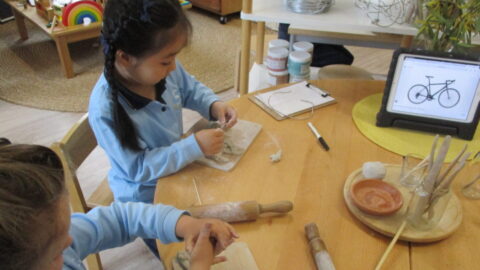
Today’s children are growing up in a digital age which is quite different from previous generations. Children have access to a range of technology and media. From a young age, many children know how to navigate their way around a touch screen. When incorporating technology into the curriculum in our Early Learning Centre, it is important that the children begin to develop an understanding of the purpose of technology so that it can be used to support their learning and development.
The Early Years Learning Framework (DEEWR, 2009) outlines in Outcome 5: Children are effective communicators who “…use information and communication technologies to access information, investigate ideas and represent their thinking.”
Within our Early Learning Program, we promote this learning when we provide authentic experiences involving technology. These experiences are carefully and intentionally selected by our skilled educators.
There is a distinct difference between using technology for educational purposes and entertainment. In Campbell House, all experiences involving technology or media are designed to directly support educational learning and development.
Technology and media are used to support children’s learning as a research tool and source of information. At times, the children use the internet under the supervision of educators to access information connected to a current project, interest, or inquiry.
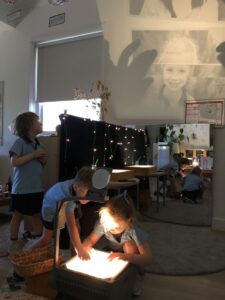 The children in our Early Learning Centre also have access to other forms of technology and media. Light tables are used in a multitude of ways to provide children with opportunities to learn about light, colour, transparency, and reflection. Similarly, overhead projectors are often set up for children to explore the concepts of light and shadow or experiment with shadow puppetry.
The children in our Early Learning Centre also have access to other forms of technology and media. Light tables are used in a multitude of ways to provide children with opportunities to learn about light, colour, transparency, and reflection. Similarly, overhead projectors are often set up for children to explore the concepts of light and shadow or experiment with shadow puppetry.
The children are also given opportunities to use equipment like digital cameras, video, and audio recording equipment to document their play and learning. These experiences reflect our Early Learning Centre philosophy, inspired by the Reggio Emilia approach.
It is important to understand that technology and media are not used to replace creative experiences, physical play, and real-life exploration. Play is central to the children’s learning and development therefore the children’s interactions with technology mirror their interactions with other play materials. The key to using technology with young children is balance. Technology is therefore used as a learning and research tool at times when it is appropriate to extend or support the children’s learning and inquiries.
Information and communication technologies are an integral part of the world in which young children are growing up. Working with technology can enable young learners to use and demonstrate understanding beyond traditional areas of competence and to learn about people and places beyond their immediate experience.
“Carefully managed information and communication technologies open new doors for children to understand, interact and re-imagine their world.” (Every Child, Vol 16 No 3, 2010)
-
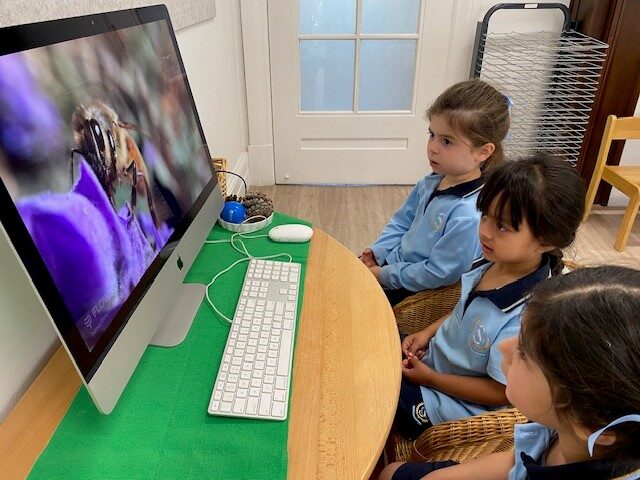
Technology in the ELC
-
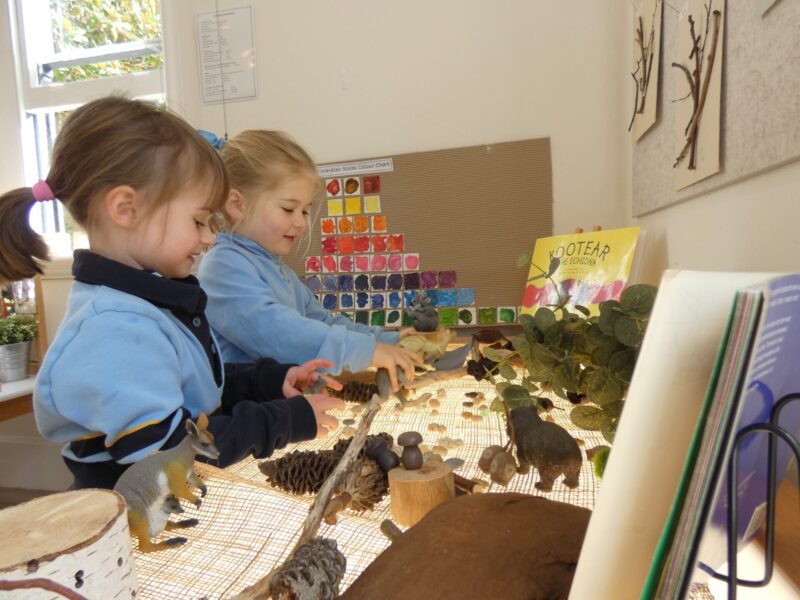
Technology in the ELC
-
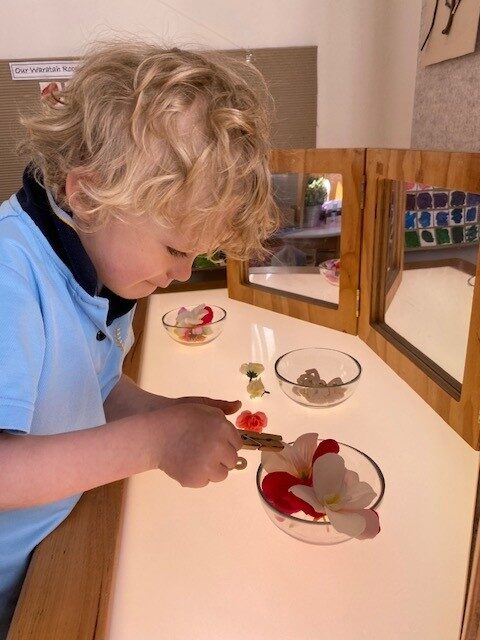
Technology in the ELC
-
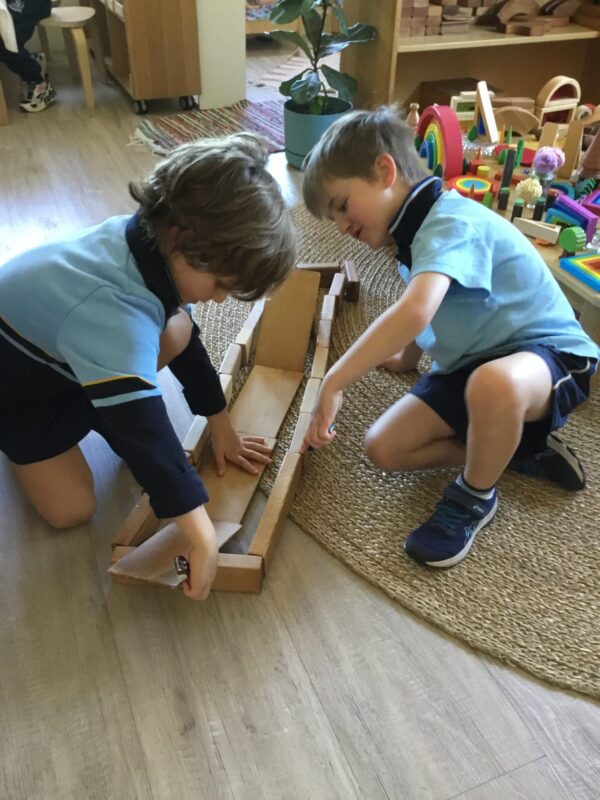
Technology in the ELC
-
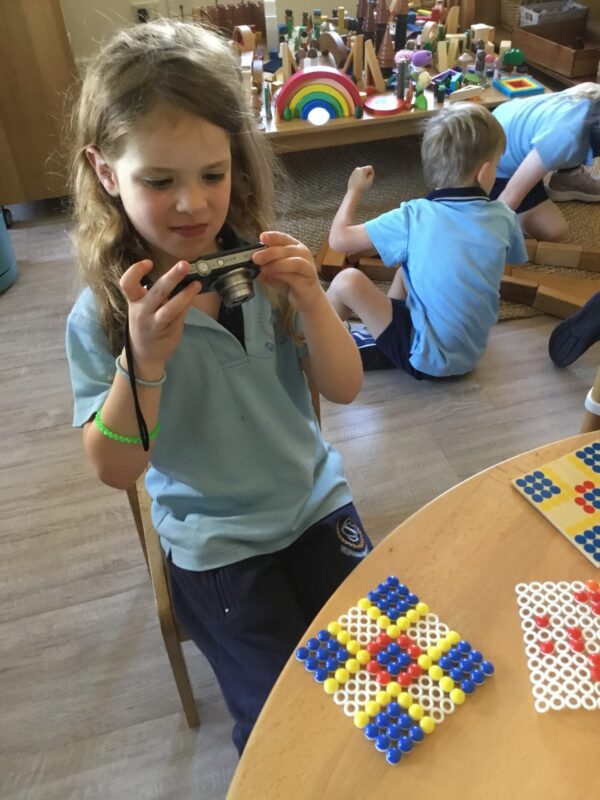
Technology in the ELC
-
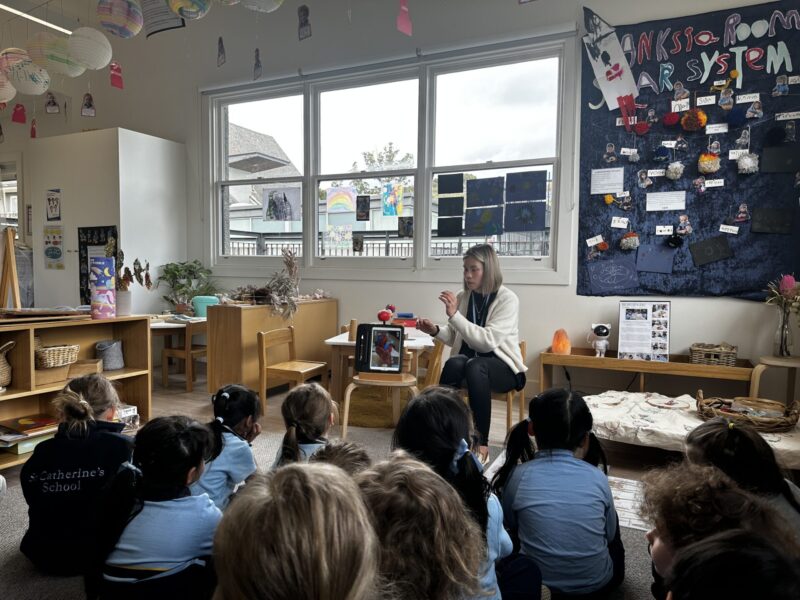
Technology in the ELC
-
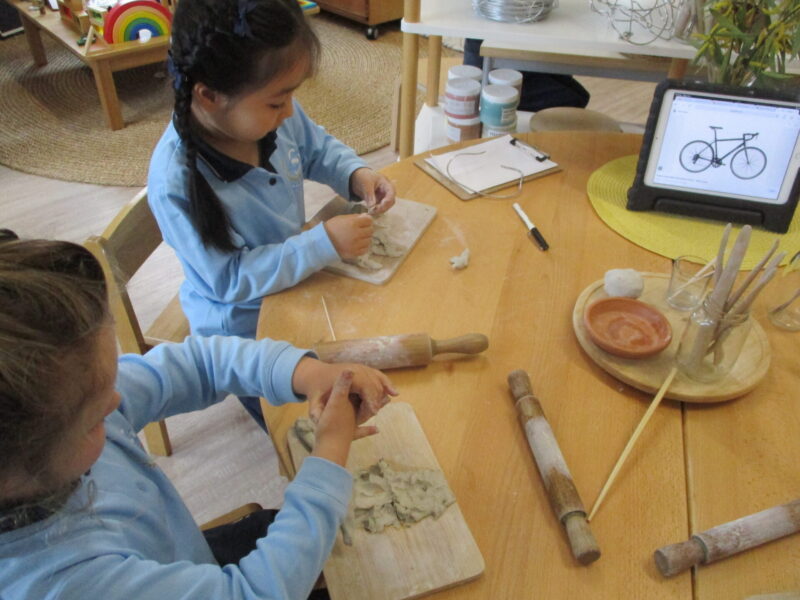
Technology in the ELC
-
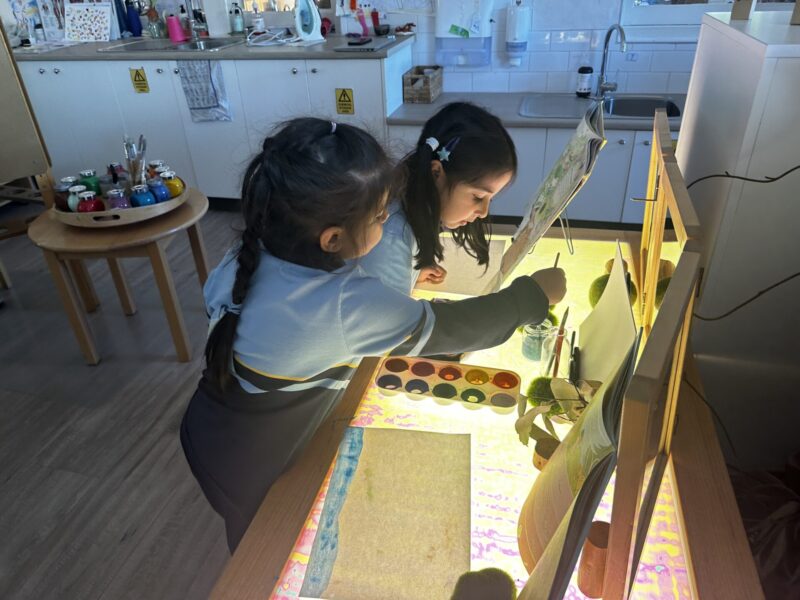
Technology in the ELC
-
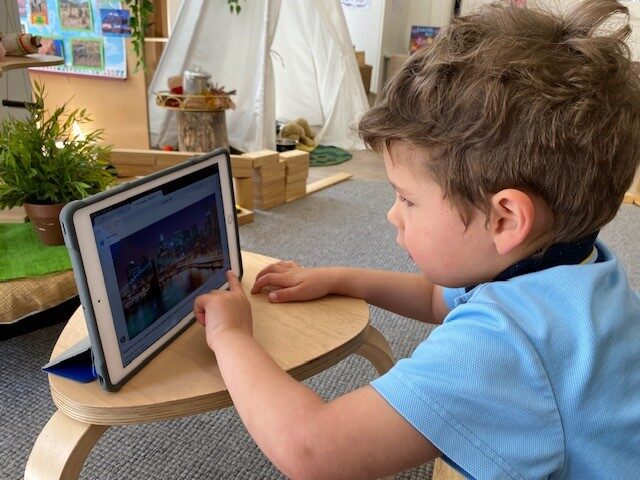
Technology in the ELC
-
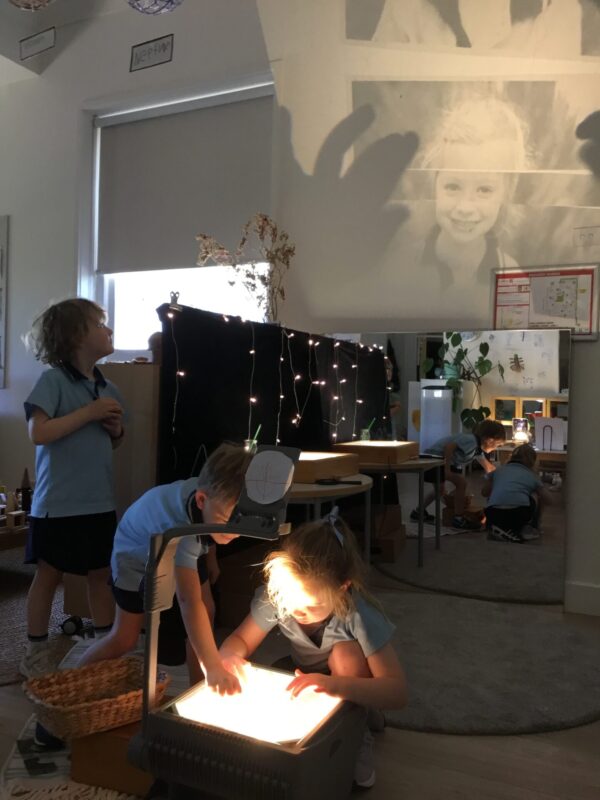
Technology in the ELC
-
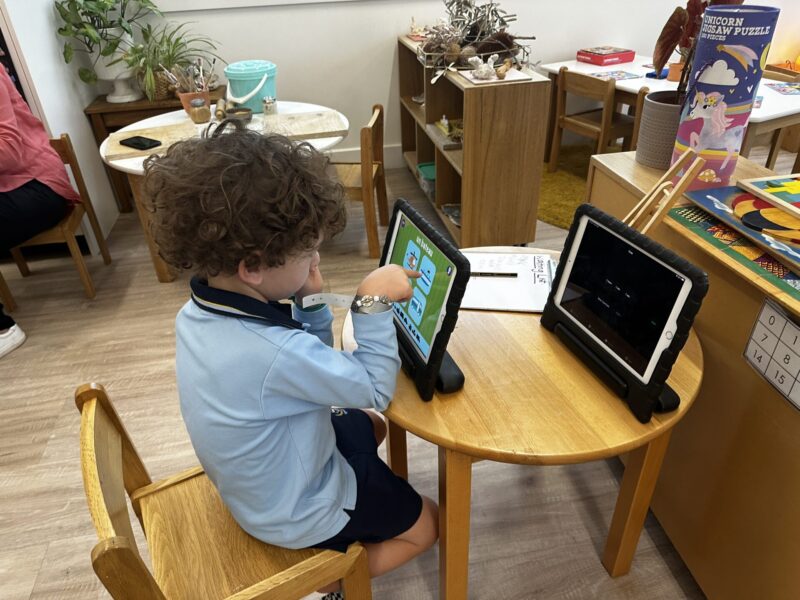
Technology in the ELC


